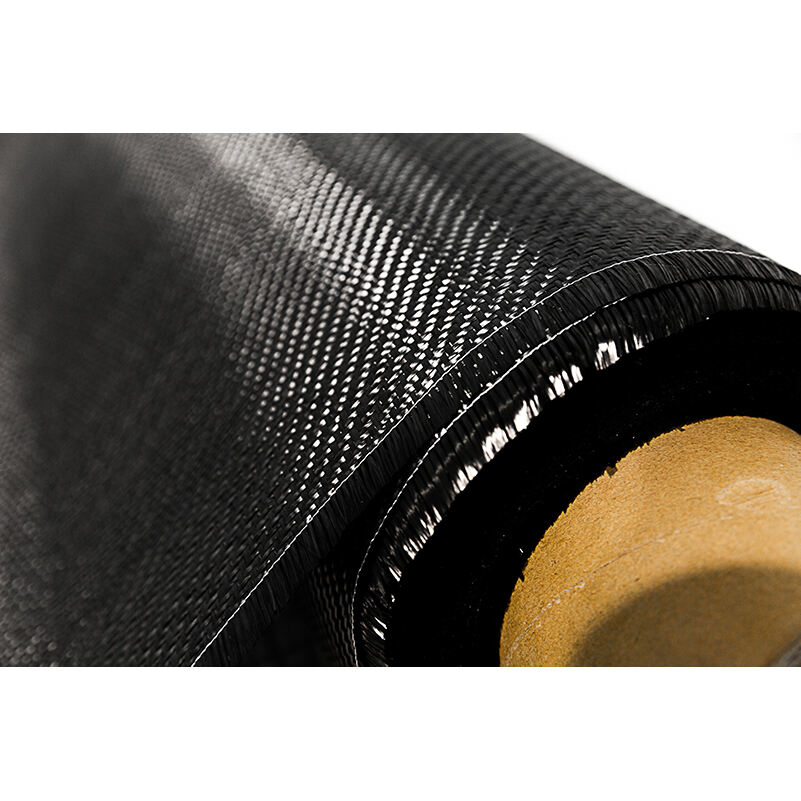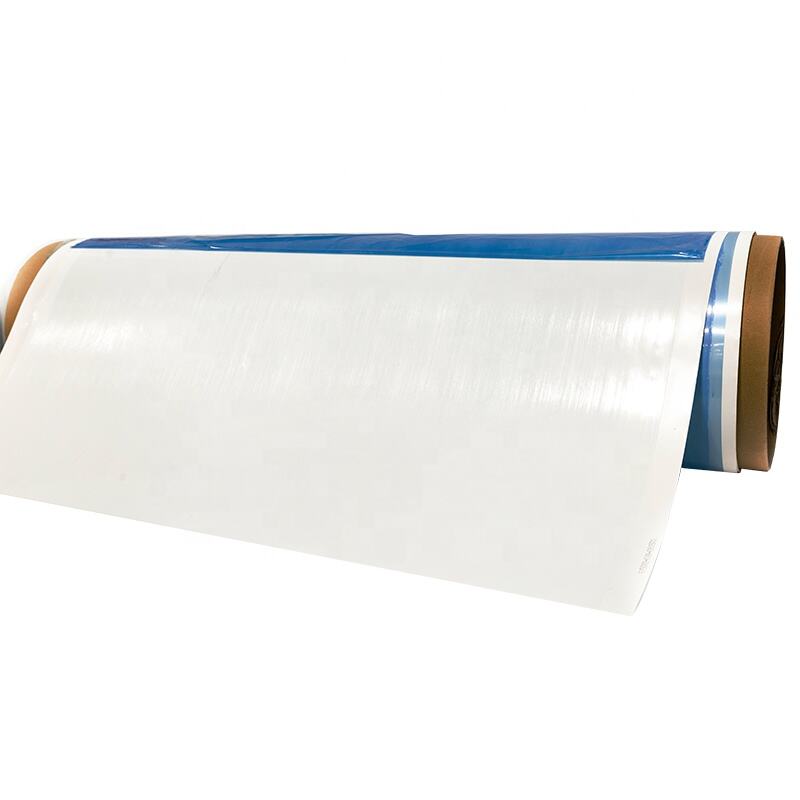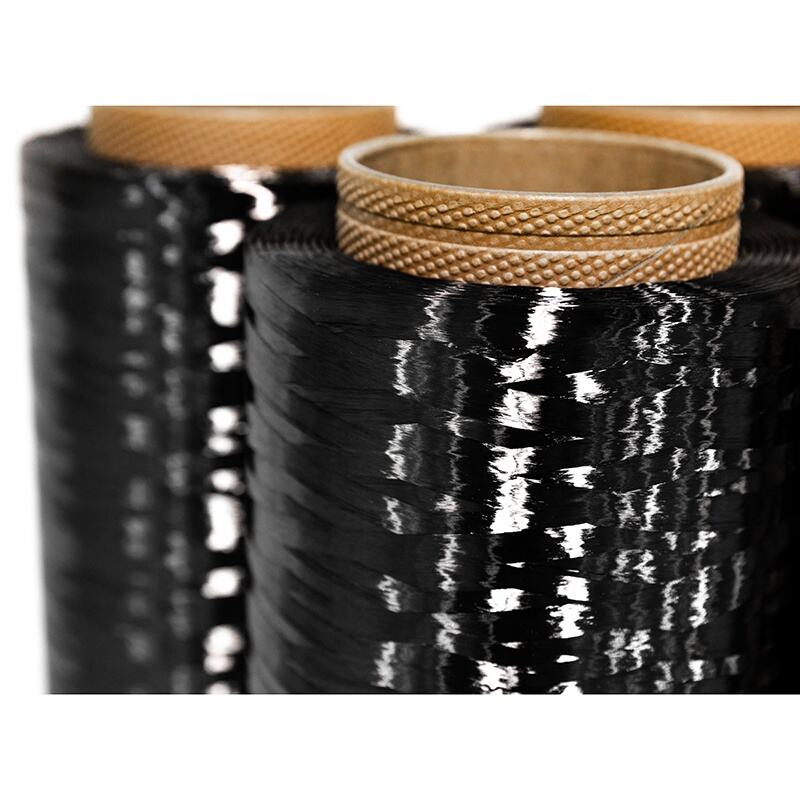Advanced Structural Integrity and Performance
Carbon fiber design revolutionizes structural engineering through its exceptional combination of strength and lightness. The material's unique molecular structure, consisting of tightly bonded carbon atoms arranged in a crystalline formation, creates a framework that can withstand immense forces while maintaining minimal weight. This characteristic enables engineers to design structures that were previously impossible with traditional materials. The material's high tensile strength, typically ranging from 3,000 to 7,000 MPa, surpasses that of steel while weighing apenas a fraction. This remarkable strength-to-weight ratio translates into enhanced performance across various applications, from aerospace components to sporting equipment. The design flexibility allows for optimized load distribution and stress management, resulting in structures that can better withstand dynamic forces and environmental stresses.


